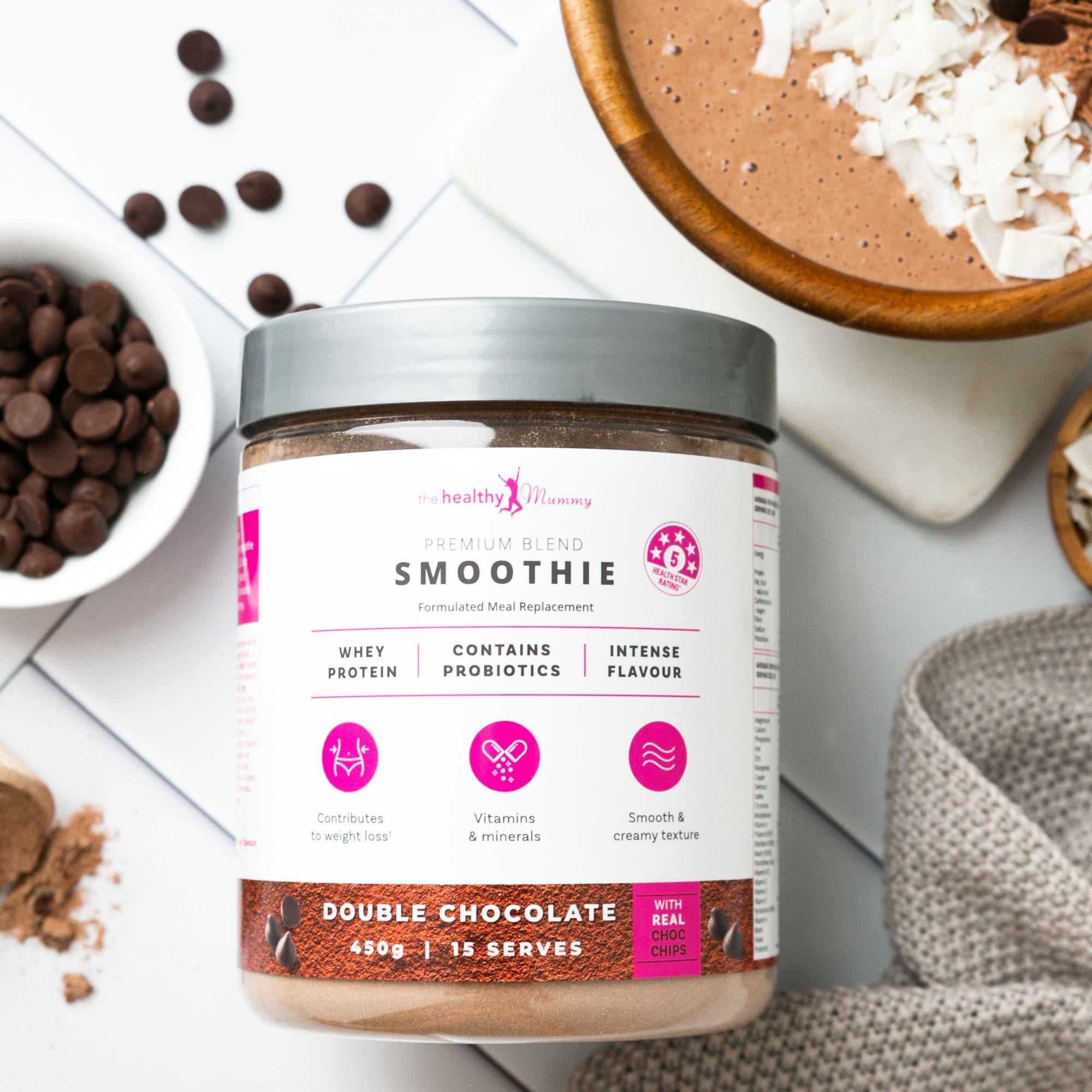How to get the most out of lifting weights
Getting the most out of lifting weights involves a combination of proper technique, consistent training, smart programming, adequate nutrition, sufficient rest, and a positive mindset.
As part of our EMPOWER program we will help you learn the basics of safe weight lifting. Build strength, improve your fitness and challenge yourself. A brand new way to support you with your health and fitness goals.
How to get the most out of lifting weights
Here are 15 tips to help you get the most out of your weightlifting routine:
1. Warm Up Properly
Before diving into heavy lifting, make sure to warm up your muscles. A good warm-up increases blood flow, improves joint mobility, and prepares your body for the workout ahead.

2. Learn Proper Technique
Before focusing on lifting heavy weights, prioritize learning the correct form for each exercise. Proper technique not only prevents injuries but also ensures that you’re targeting the right muscles effectively.
3. Focus on Reps for Muscle Growth
To build muscle, focus on the number of repetitions (reps) you perform. Aim for a moderate weight that allows you to complete 8 to 12 reps per set. This range is ideal for hypertrophy (muscle growth).

4. Increase Workout Volume
Volume refers to the total amount of weight lifted during a workout. You can increase volume by doing more sets, reps, or both. Gradually increase the weight and volume over time to challenge your muscles.
5. Adopt an Athletic Stance
Maintain a stable and balanced stance during exercises. Proper form is crucial for safety and effectiveness. Keep your core engaged and maintain good posture.
6. Don’t Rush Through Your Workout
Lift weights with control and focus. Avoid swinging or using momentum to lift heavier weights. Slow and controlled movements engage the target muscles more effectively.

7. Overload Your Muscles
Progressive overload is essential for muscle growth. Gradually increase the weight you lift to challenge your muscles. Aim for gradual progression over weeks or months.
8. Change Your Grip
Altering your grip can target different muscle groups. For example, switch between overhand (pronated) and underhand (supinated) grips during pull-ups or rows.

9. Keep Your Feet Grounded
Whether you’re squatting, deadlifting, or pressing, ensure your feet are firmly planted. Proper foot positioning provides stability and power.
10. Pay Attention to Form
Use proper form to prevent injuries. If you’re unsure, seek guidance from a fitness professional or watch instructional videos. Common exercises include squats, bench presses, deadlifts, and overhead presses.
11. Use a Spotter for Heavier Lifts
When lifting heavy weights, having a spotter can provide safety and encouragement. They can assist you if you struggle during a lift.

12. Cool down
Incorporate cool-down stretches to aid in recovery and flexibility.

13. Nutrition
Fuel your body with the right nutrients to support muscle growth and recovery. Consume an adequate amount of protein, complex carbohydrates, and healthy fats.

14. Rest and Recovery
Allow your muscles adequate time to recover between workouts. Overtraining can hinder progress and increase the risk of injury. Aim for 48 hours of rest between sessions targeting the same muscle groups.

15. Consistency is Key
Consistently follow your workout program without skipping sessions. Results in weightlifting come from regular, sustained effort over time.
Remember that consistency, proper nutrition, and adequate rest are equally important for achieving your fitness goals. AND Stay hydrated, it is also worth considering incorporating supplements like protein powder if needed.

Why protein?
Protein fuels your metabolism, it helps burn calories and gives you the energy you need to do your daily tasks! Also, your immune system, maintenance and repair of your body, brain function and even getting rid of waste products (detoxification) need protein to work.
Protein is found in every cell in the body and the protein we consume is used to build and repair tissues. It is also used to make enzymes and hormones and is important for building bones, muscles, cartilage, skin, and blood.
With the right exercise and a balanced diet, protein is the building block in helping muscles grow.
Good sources of protein include:
- Eggs and dairy
- Red meat,
- White meat, fish, poultry
- Soybeans and soy products
- Algae spirulina and the grains quinoa and amaranth are the most complete forms of plant-based protein.











